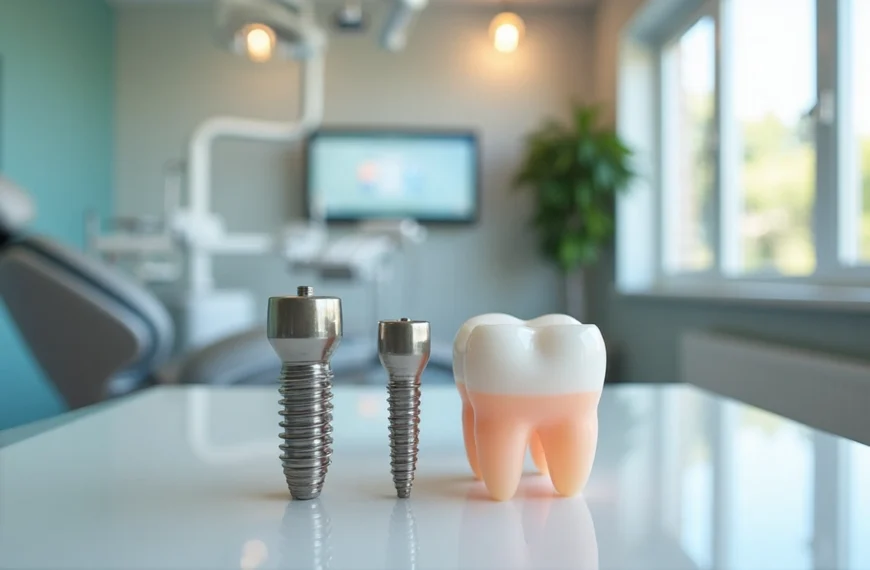Are you looking for ways to lower your auto insurance premium without compromising your coverage?While most drivers know about common discounts, nearly 70% are missing out on hidden savings opportunities.
In fact, learning how to get cheaper car insurance goes far beyond the basic tips you’ve probably heard before. Insurance premiums can vary by thousands of dollars for the same coverage, however, most people don’t know about the advanced strategies that could significantly lower their rates.
Whether you’re a new driver or have been paying auto insurance for years, this guide reveals seven lesser-known techniques that insurance companies don’t advertise. These proven methods can help you secure better rates without sacrificing the coverage you need.
1) Leverage Usage-Based Insurance Programs
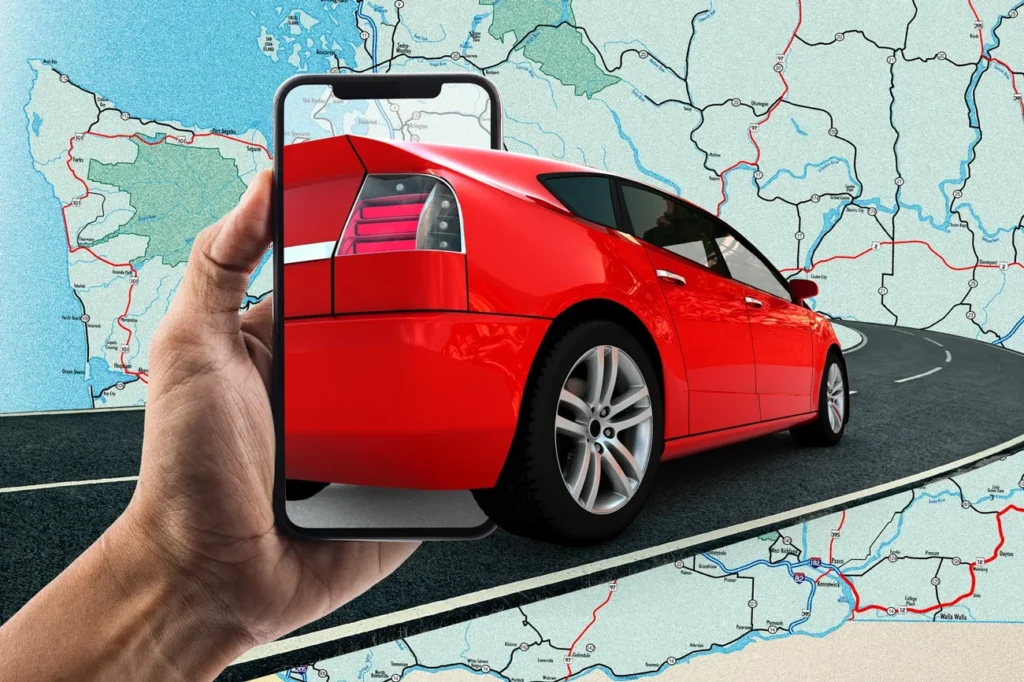
Usage-based insurance (UBI) programs offer a modern approach to reducing car insurance costs through technology-driven monitoring of driving habits.
How UBI Technology Works
UBI systems collect real-time data about driving behavior through smartphone apps or plug-in devices. These telematics tools track specific factors including braking patterns, acceleration rates, speed, and driving times. Additionally, the technology monitors phone usage and mileage to create a comprehensive driving profile .
Top Insurance Companies Offering UBI
Major insurers have developed sophisticated UBI programs with varying features. State Farm’s Drive Safe & Save offers rates 33% below the national average. Notably, Nationwide provides both SmartRide for traditional policies and SmartMiles for pay-per-mile coverage . Progressive’s Snapshot program and Allstate’s Drivewise round out the leading options in the market.
Potential Savings Percentages
The financial benefits of UBI programs can be substantial. Nationwide offers up to 40% savings for safe drivers, primarily through their SmartRide program. State Farm participants can earn up to 30% off their premiums, whereas Progressive users save an average of $231 annually. Most companies also provide an immediate discount of 5-10% just for enrollment .
Best Practices for Maximum Discounts
To optimize UBI savings, focus on these key driving behaviors:
- Maintain smooth braking and acceleration patterns
- Avoid driving between midnight and 4 a.m.
- Minimize phone usage while driving
- Keep speeds within posted limits
Consequently, 45% of drivers report making significant safety-related changes after joining UBI programs. Through consistent application of these practices, drivers can secure substantial, long-term premium reductions.
2) Time Your Policy Changes Strategically

Strategic timing of policy changes can lead to substantial savings on auto insurance premiums. Understanding when and how to make these changes unlocks hidden discounts and better rates.
Best Months to Switch Insurance
December stands out as a prime month for securing better rates, with insurance costs dropping up to 30% in several states compared to peak months. Furthermore, this timing advantage occurs primarily because many insurers adjust their rates for the upcoming year during this period.
Optimal Policy Renewal Timing
Starting your insurance search three to four weeks before your current policy expires offers the best opportunity for savings. Specifically, this early shopping window allows time to:
- Compare quotes from multiple providers
- Take advantage of early shopper discounts
- Avoid coverage gaps
- Review new policy documentation thoroughly
Seasonal Rate Fluctuations
Seasonal changes particularly impact insurance rates through various factors. Auto insurance premiums fluctuate based on extreme weather events, which cost the U.S. more than $92 billion in 2023. Subsequently, states like California, Missouri, and Minnesota face potential rate increases of up to 50% due to severe storms and wildfires.
Summer months often see higher rates due to increased student drivers and road trips. Alternatively, storing vehicles during certain seasons can lead to premium reductions, provided you maintain basic protections.
Remember that most policies renew every six months, making it essential to mark renewal dates on your calendar. This systematic approach to timing policy changes can result in savings of $200 or more annually.
3) Master the Art of Insurance Negotiation

Successful insurance negotiations require understanding both psychology and strategy. Insurance adjusters calculate settlements based on multiple factors, primarily focusing on keeping company costs low.
Psychology of Insurance Negotiations
Insurance adjusters often appear friendly but remember their primary goal is minimizing payouts. The anchoring effect plays a crucial role in negotiations, as the first offer typically sets the reference point for all future discussions.
Effective Communication Techniques
Active listening forms the foundation of successful negotiations. Rather than immediately countering offers, ask adjusters to explain their calculations. Moreover, maintaining professional demeanor while avoiding technical jargon helps build trust.
Leverage Points for Better Rates
Timing proves essential – approaching insurers about cost-saving measures need not wait until policy expiration. Documentation strengthens negotiating position; hence gather:
- Low mileage proof
- Improved driving record evidence
- Credit score updates
- Competitor quotes
- Safety feature certifications
Learn more ways to save on car insurance from the Insurance Information Institute.
4) Exploit Lesser-Known Vehicle Features
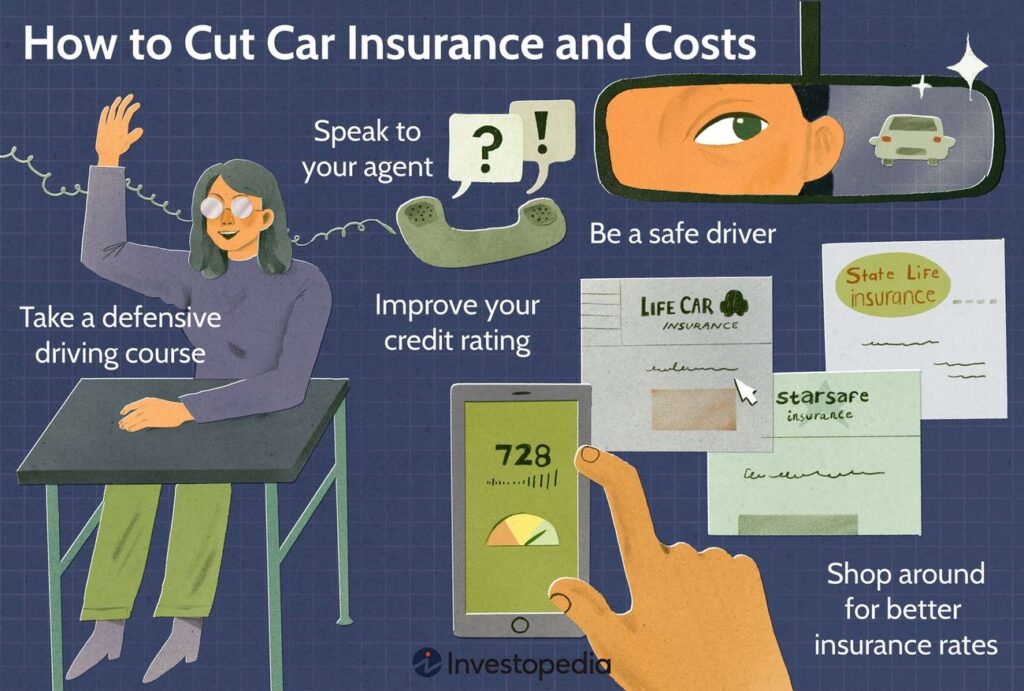
Advanced vehicle safety features present a powerful way to reduce car insurance costs. The Insurance Institute for Highway Safety reports that modern safety technologies can decrease accident rates by up to 50%.
Modern Safety Features That Lower Rates
Forward collision warning systems reduce rear-end crashes by 27%, altogether making them valuable for premium reductions. Lane departure warning systems decrease vehicle crashes by 26% and serious injuries by 20.7%. As opposed to traditional safety features, blind spot detection technology cuts lane-change collisions with injuries by 23%.
Technology Packages Worth the Investment
Investing in safety technology requires careful cost-benefit analysis. Advanced driver assistance systems (ADAS) can reduce insurance claim frequency by up to 28%. Nevertheless, repair costs for these sophisticated systems often run higher than traditional components. For instance, sensors in modern bumpers cost substantially more to replace after accidents.
The most cost-effective safety investments include:
- Forward collision mitigation systems
- Blind spot monitoring
- Lane departure alerts
- Automatic emergency braking
- Adaptive headlights with 86% better illumination
Documentation Requirements
Securing discounts for vehicle safety features demands proper documentation. Insurance providers typically need:
- Vehicle identification number (VIN)
- Detailed list of installed safety features
- Proof of professional installation
- Safety feature certification documents
- Current odometer readings
Analogous to other insurance matters, maintaining accurate records proves essential. Some insurers offer discounts ranging from 5% to 25% for specific safety technologies. Remember that advanced safety features must be properly documented and functional to qualify for premium reductions. estate transactions.
5) Implement Advanced Policy Stacking

Policy stacking stands out as a sophisticated approach to reducing auto insurance costs through strategic coverage combinations. Unlike traditional single-policy arrangements, stacking allows drivers to combine multiple coverage limits for enhanced protection.
Multi-Policy Optimization
Combining multiple insurance policies yields substantial benefits beyond basic bundling. Primarily, multi-policy discounts range from 10% to 25% when merging auto policies with other coverage types. Although individual results vary, bundling multiple vehicles under one policy typically saves drivers hundreds of dollars annually.
Coverage Layer Analysis
Understanding coverage layers proves crucial for maximizing insurance benefits. Excess liability policies often stack above primary coverage, creating a comprehensive protection structure. Certainly, the arrangement of these layers affects premium costs, with higher layers typically costing less due to their distance from likely claims.
Key structuring considerations include:
- Following-form excess policies
- Umbrella coverage integration
- Layer consistency requirements
- Coverage gap prevention
Risk-Based Adjustments
Risk-based pricing forms the foundation of policy stacking strategies. Insurance companies analyze individual risk profiles to determine appropriate premium levels. Thus, drivers with lower risk profiles often secure better rates when stacking policies.
The effectiveness of policy stacking varies by state, with 32 states currently allowing this practice. Nonetheless, vertical stacking enables combining coverage for multiple vehicles on one policy, unlike horizontal stacking, which merges separate policies within the same household. Soon, dynamic pricing models will further refine these options, allowing for more personalized coverage combinations.
Conclusion
Smart drivers who apply these hidden insurance-saving methods often reduce their premiums by 30-40% annually. Though each strategy offers unique benefits, combining multiple approaches yields the best results.
Start by examining usage-based insurance programs, which reward safe driving habits with discounts up to 40%. Time your policy changes strategically, especially during December when rates typically drop 30% below peak prices. Additionally, mastering insurance negotiations while documenting vehicle safety features creates powerful leverage for better rates.
Focus on improving your insurance score since excellent credit can lower premiums by 76%. Data analytics tools help identify the most cost-effective coverage options, while policy stacking provides enhanced protection at reduced rates.
Remember that insurance companies rarely advertise these money-saving techniques. Taking action today on even one or two strategies can significantly reduce your car insurance costs. Most importantly, maintain consistent safe driving habits and regularly review your coverage to ensure you’re getting the best possible rates.
Other Topics:
Check out our guide to small changes that make a big impact to save money at home.
Wondering when to save or spend? Read our tips on DIY vs hiring a pro.
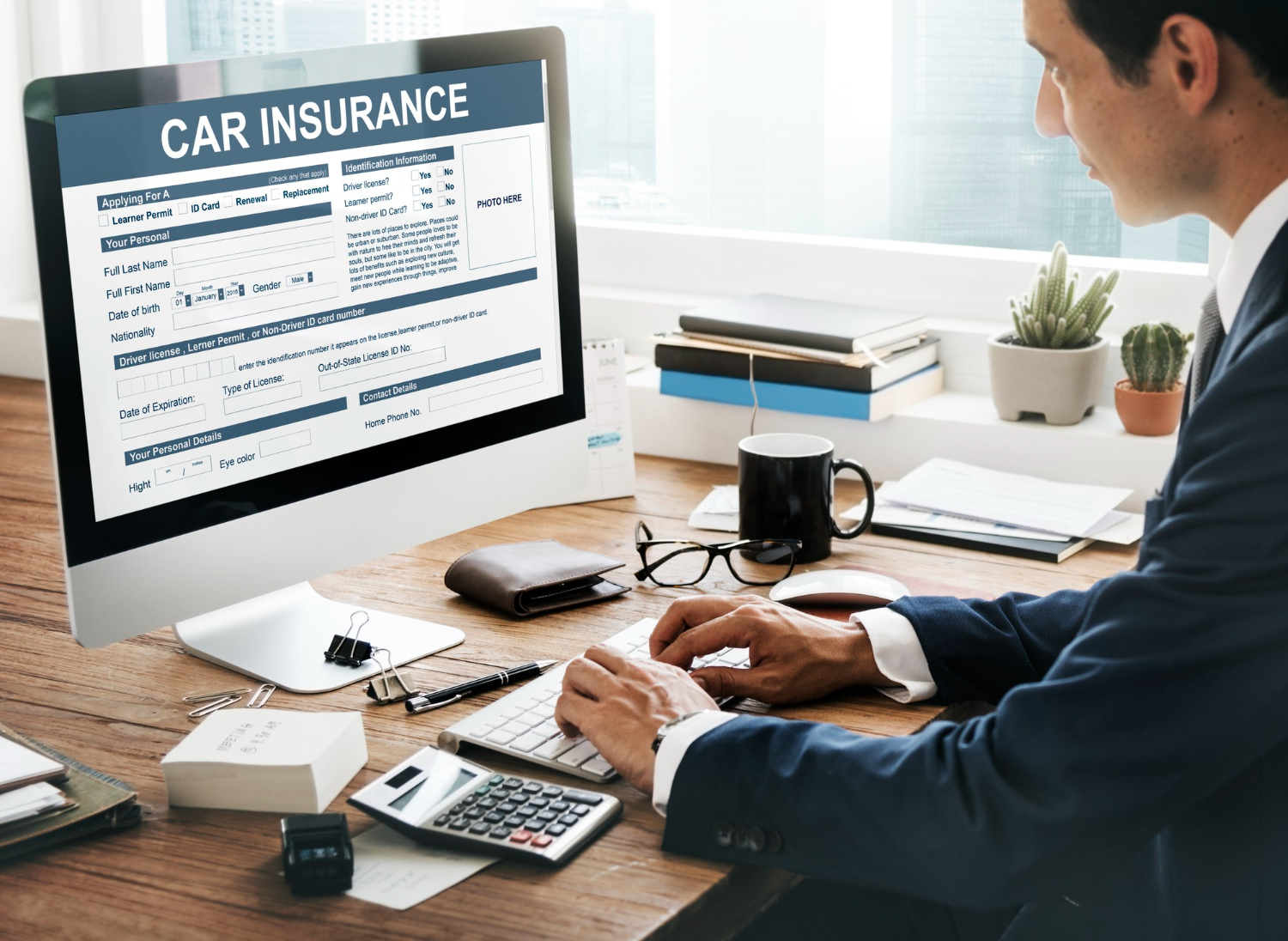











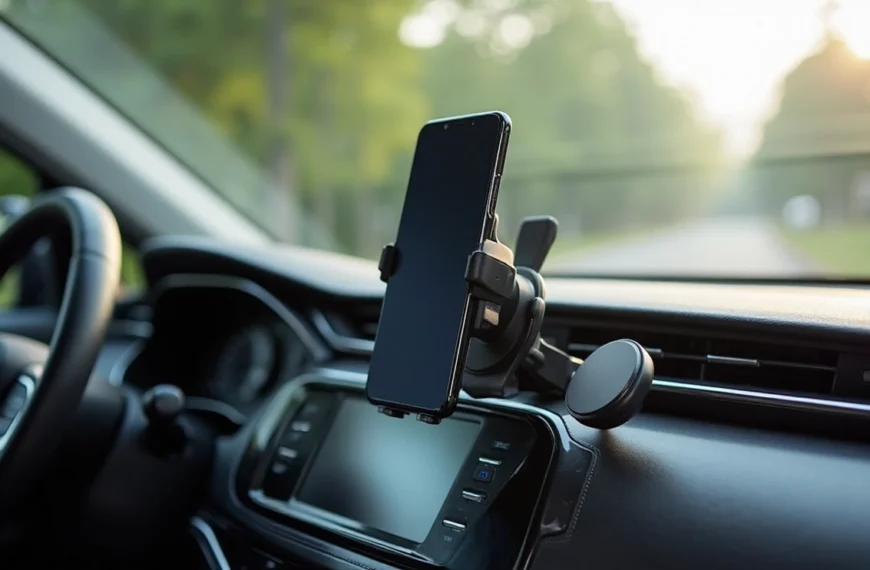

![No Win No Fee Lawyers: The Hidden Truth About Settlement Cuts Legal representation through no win no fee lawyers gives clients a way to fight cases without paying anything upfront. Many clients don't know that these services take a big chunk of money after winning the case. Lawyers usually take 25% to 40% of what you win as their contingency fee. The amount lawyers take from settlements can add up fast. A $100,000 settlement means your attorney gets $30,000 if they charge a 30% fee after winning your case. Your solicitor's cut might be £10,000 from a £30,000 compensation award, based on your agreement percentage. This payment model stays pretty much the same for no win no fee lawyers in different places, though percentages can change. This piece breaks down what you need to know about contingency fee deals. You'll learn about standard fee ranges, extra costs beyond the basic fee, and times when this payment setup might not work in your favor. Smart clients should think over these money matters before signing up with a lawyer to make better choices about their legal help. What No-Win No-Fee Really Means Image Source: Express Legal Funding A no-win no-fee arrangement, also called a Conditional Fee Agreement, changes the way people get legal help. This payment approach removes the need to pay legal fees upfront and creates a partnership between clients and their attorneys. How contingency fees work No-win no-fee agreements are based on contingency fees. Lawyers get paid only when they win compensation for their clients. Most lawyers take between 25% and 40% of the final amount, based on how complex the case is and where it's filed. Lawyers take their cut after winning the case. To name just one example, see a case where a lawyer wins £30,000 in compensation with a 33% fee - they would receive £10,000. On top of that, some law firms use sliding scales where they charge less for quick settlements and more if the case goes to trial. The law requires a written agreement before any work starts. This paperwork spells out the lawyer's percentage, what costs you'll need to cover, and other key details. What happens if you lose the case The meaning behind "no-win no-fee" is clear - losing your case means you won't pay your lawyer anything. All the same, you should know about a few money-related details. You won't owe your lawyer when you lose, but some deals might make you pay for court fees, expert witnesses, or other case expenses. The other side could also ask you to pay their legal costs. Many lawyers suggest getting "After Event" insurance to protect their clients. These policies cover any costs if you lose your case, which makes the no-win no-fee setup much safer. Why lawyers offer this model Lawyers want to make legal help available to more people, so they offer these payment plans. This setup helps people who don't have much money take legal action when they have valid claims. The payment structure motivates lawyers to work hard. They only get paid by winning cases, which pushes them to get the best results possible. Lawyers carefully assess each case before taking it on a no-win no-fee basis. They usually accept cases that have a good chance of winning, since they put in lots of time and resources without any guaranteed payment. The Real Cost: How Much Do Lawyers Take from a Settlement Image Source: Greiner Law Corp. The true cost of no-win no-fee legal representation becomes clear once we look at contingency fees. Many clients feel surprised to see a big chunk of their settlement checks going to their attorney's fees. Typical percentage ranges (25%–40%) No win no fee lawyers typically ask for 25% to 40% of the total settlement amount. Personal injury attorneys usually take 33.3% (one-third) of the awarded compensation[101]. Lawyers and clients agree on this percentage before any work starts on the case. Several factors shape the final percentage. Your chances of winning, case complexity, and the work to be done play key roles in determining the attorney's cut. Some areas have laws that cap the maximum contingency fees for specific types of cases. Sliding scale based on case complexity Law firms often use a tiered fee system that changes with the case stage and complexity. This scale rewards quick settlements while paying attorneys fairly if more work becomes needed. The fee might start at 30% if the case settles before lawsuit filing. This number could climb to 35% after filing or reach 40% if the case goes to trial. Law firms often group cases by complexity: 10%-20%: Simple cases with straightforward settlements 25%-35%: Typical personal injury cases 35% and above: Complex cases requiring extensive resources Examples of payout breakdowns These ground examples show how fees affect settlements: A $15,000 settlement with a 33.3% contingency fee.pdf) puts $5,000 in the attorney's pocket, leaving $10,000 for the client. Similarly, from a $100,000 settlement with a 33% fee, the attorney gets $33,000 while the client receives $67,000[102]. Complex cases tell a different story. A $100,000 settlement with a 30% fee plus $5,000 in extra costs leaves $65,000 for the client after all deductions. These fees substantially change the client's final payout. Hidden Costs You Might Not Expect Image Source: Nelson Personal Injury Lawyers Beyond percentage-based fees, clients often feel surprised by extra costs that can reduce their final compensation by a lot. These hidden costs show up in the fine print of no-win no-fee agreements. You should think over these details before signing. Court filing and expert witness fees Legal proceedings come with unavoidable court filing fees. These charges differ by jurisdiction. They usually range from $30 for small claims to several hundred dollars for complex civil lawsuits. Expert witnesses can be expensive, with hourly rates ranging from $150 to $1,000 based on their credentials and testimony complexity. Expert witnesses charge more for court appearances than consultation work because of added pressure and prep time. Clients might still need to pay experts for their prep work even if the case settles before trial. Medical report and investigation costs Medical documentation is a vital part of many legal claims. These costs include fees to release medical records, create specialized reports, and prepare documents. Investigation costs cover evidence gathering, police reports, witness interviews, and other fact-finding work needed to build a strong case. Of course, some firms say they'll cover these expenses upfront, but clients don't completely avoid these costs. When these costs are deducted from your compensation Law firms take these expenses from the settlement amount before they calculate their percentage fee, though each firm handles this differently. Some lawyers subtract these costs after figuring out their contingency fee, which changes how much money clients end up with. Most firms pay case-related costs during the process and get their money back from the settlement. The defendant usually pays most simple legal costs and disbursements in successful cases, but not always everything. Insurance protects clients from costs in unsuccessful claims at many law firms, but this protection isn't guaranteed. Clients should review their agreements carefully since they might still need to pay specific expenses even if they lose their case. When No-Win No-Fee Might Not Be the Best Option Contingency fee arrangements give many people access to justice. However, this payment model doesn't always work in a client's best interests. Knowing these limitations helps clients make better decisions about their legal representation. Cases with unclear liability Lawyer no win no fee arrangements work best in cases where fault is clear. We assessed the probability of success before taking contingency cases. Lawyers might turn down cases if there isn't enough evidence of the other party's negligence or if liability isn't certain. Cases with multiple responsible parties create more challenges. The situation gets complicated fast when several parties share liability. Lawyers are less likely to take these cases on contingency. They need to be confident they can prove the other party's negligence before accepting a case. Low-damage or low-payout claims Small claims often don't work well with the contingency model, even with real injuries. Cases that have minimal injuries or limited financial damages might not bring enough compensation to cover legal costs. The potential settlement needs to be big enough to pay for investigations, witness interviews and court fees. Personal injury lawyers often turn down cases where the "compensation potential" is too small. This doesn't mean the claim isn't valid - it just means the economics don't add up for a contingency arrangement. Situations where hourly billing may be better Hourly billing has clear advantages in certain cases. Clients see exactly what they're paying for - every hour worked and task completed. This model works well for cases that need lots of attention but don't have clear financial outcomes. Complex litigation with opposing parties works better with hourly billing and a retainer fee. Clients have more control over their case and don't feel pressured to settle quickly. Cases that need extensive preparation but have uncertain outcomes fit the hourly model better. Lawyers can spend the time needed without worrying about contingency limits. This approach often leads to better representation, especially for complex legal issues that need special expertise. Conclusion Understanding the Full Picture Before You Sign No-win no-fee arrangements offer legal representation without upfront costs. Of course, this seems attractive at first glance. In spite of that, you need to think about how these agreements can affect your final compensation. Legal fees usually range from 25% to 40% of your settlement - but that's just the start. You'll face more deductions like court filing fees, expert witness costs, and charges for medical documentation. What looks like a "free" service ends up taking a big chunk of your compensation to cover legal expenses. These arrangements work best in specific situations - cases with obvious liability, substantial damages, and solid evidence. If you have a low-value claim or complex liability issues, traditional hourly billing might serve you better. Without doubt, you should ask for clear explanations of all possible costs before signing anything. Read the fine print closely, especially when you have to deal with expenses in unsuccessful cases. Ask to see sample settlement breakdowns that show all deductions. This helps you picture what you might actually take home. Your choice to go with a no-win no-fee arrangement depends on your situation. This model helps if you don't have money to pursue valid claims. But if you have a strong case and enough funds, other fee structures might let you keep more of your compensation. Whatever payment model you choose, knowing exactly how much lawyers take from settlements helps you make better decisions. This knowledge lets you approach legal representation with real expectations and better control over your money. FAQs Q1. What percentage of a settlement do no-win no-fee lawyers typically take? No-win no-fee lawyers typically charge between 25% to 40% of the final settlement amount as their contingency fee. The exact percentage often depends on the complexity of the case and the stage at which it is resolved. Q2. Are there any hidden costs in no-win no-fee arrangements? Yes, there can be additional costs beyond the lawyer's percentage fee. These may include court filing fees, expert witness costs, medical report expenses, and investigation costs. These expenses are usually deducted from the settlement amount before or after the lawyer's fee is calculated. Q3. What happens if I lose my case in a no-win no-fee arrangement? If you lose your case, you generally won't have to pay your lawyer's fees. However, you might still be responsible for certain expenses like court costs or the opposing party's legal fees. Many lawyers offer insurance to protect clients from these potential costs in case of an unsuccessful claim. Q4. When might a no-win no-fee arrangement not be the best option? No-win no-fee arrangements may not be ideal for cases with unclear liability, low-value claims, or complex legal issues requiring extensive preparation. In these situations, traditional hourly billing might be more appropriate and potentially more cost-effective for the client. Q5. Can I negotiate the percentage a lawyer takes from my settlement? Yes, the contingency fee percentage is often negotiable. It's typically agreed upon and formalized in writing before the lawyer begins working on your case. Don't hesitate to discuss the fee structure with your lawyer and ask for a detailed breakdown of potential costs and deductions.](https://consumersweek.com/wp-content/uploads/2025/06/No-Win-No-Fee-Lawyers-The-Hidden-Truth-About-Settlement-Cuts-870x570.webp)
